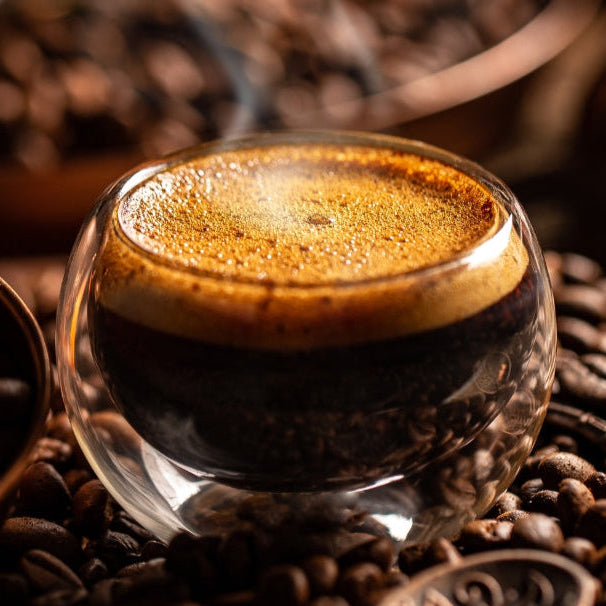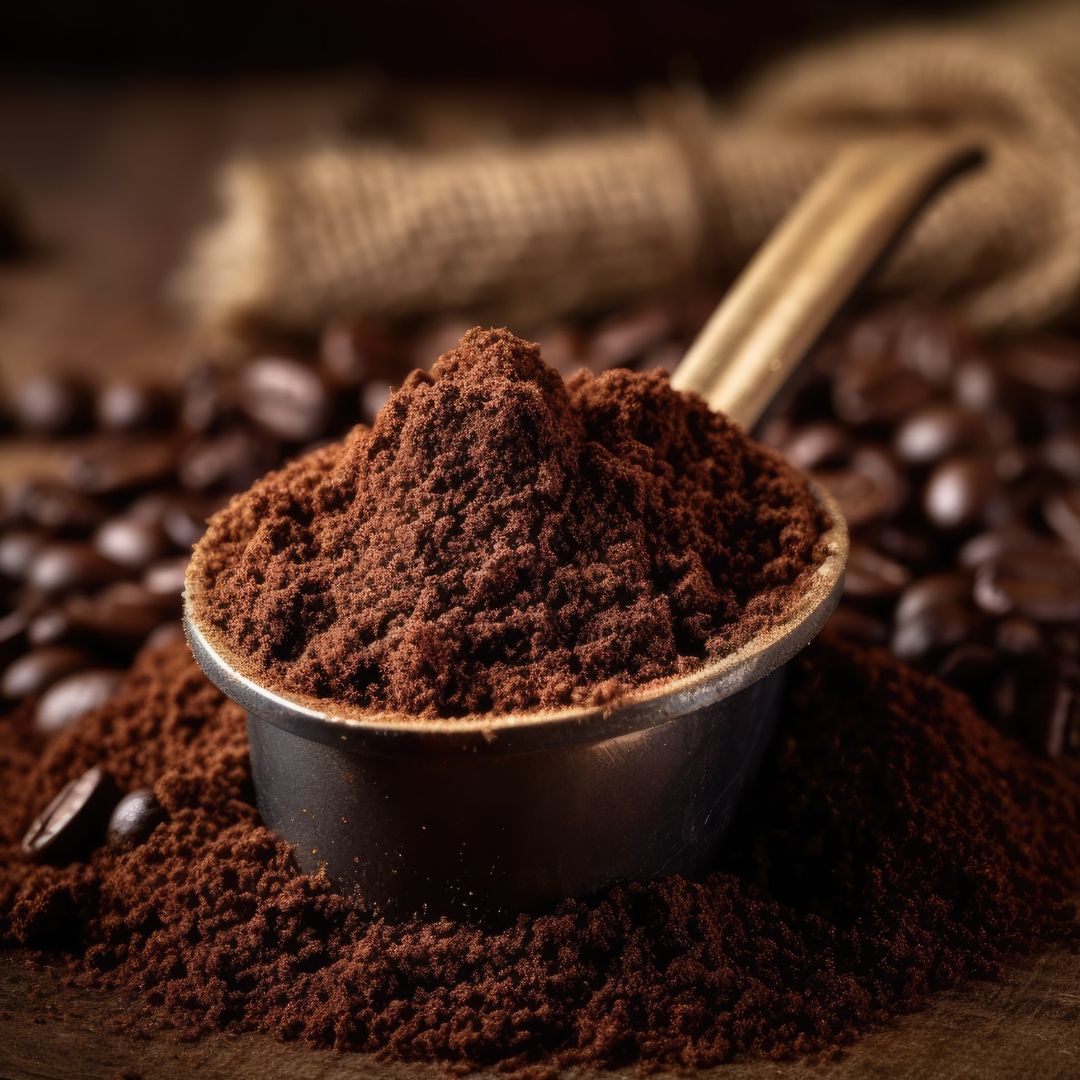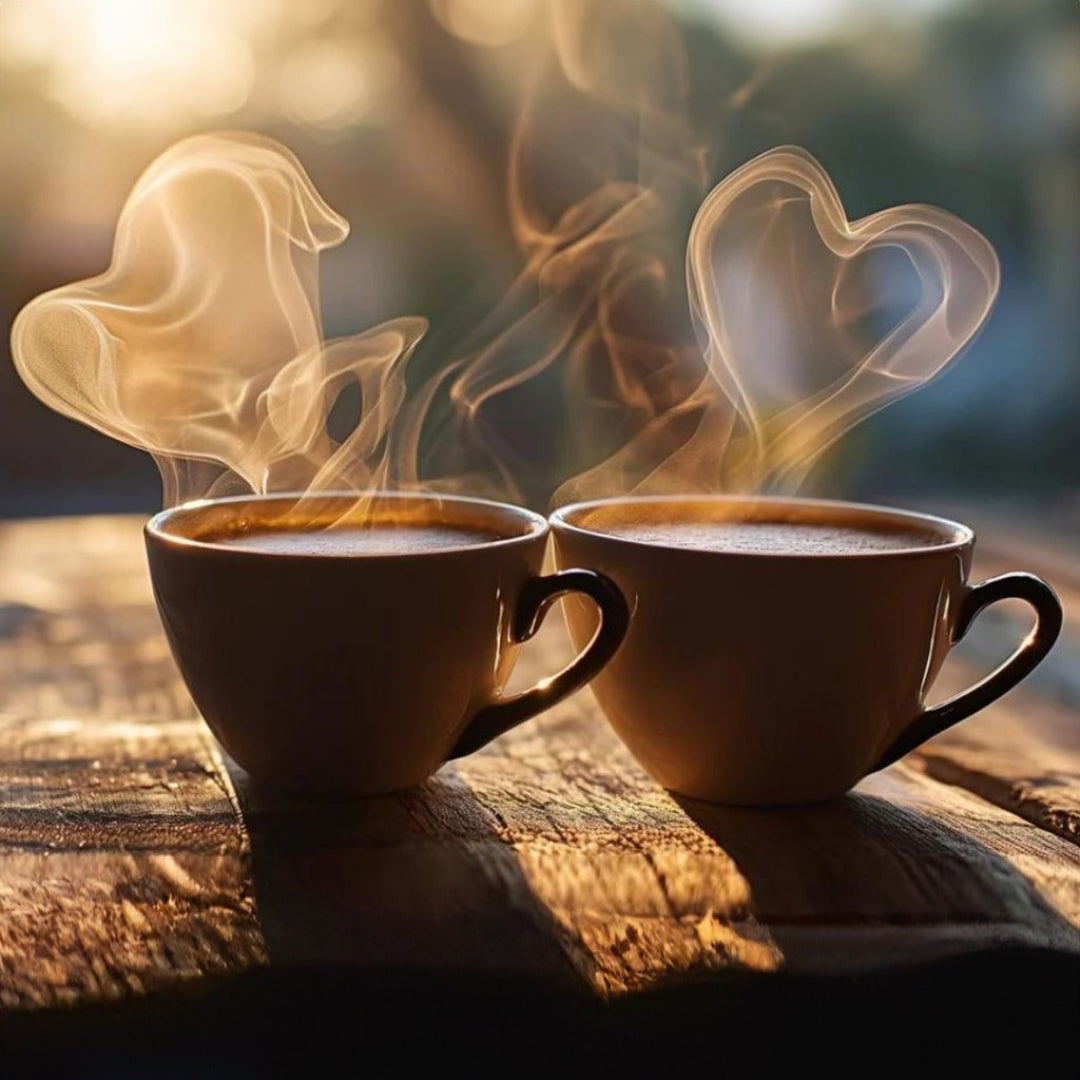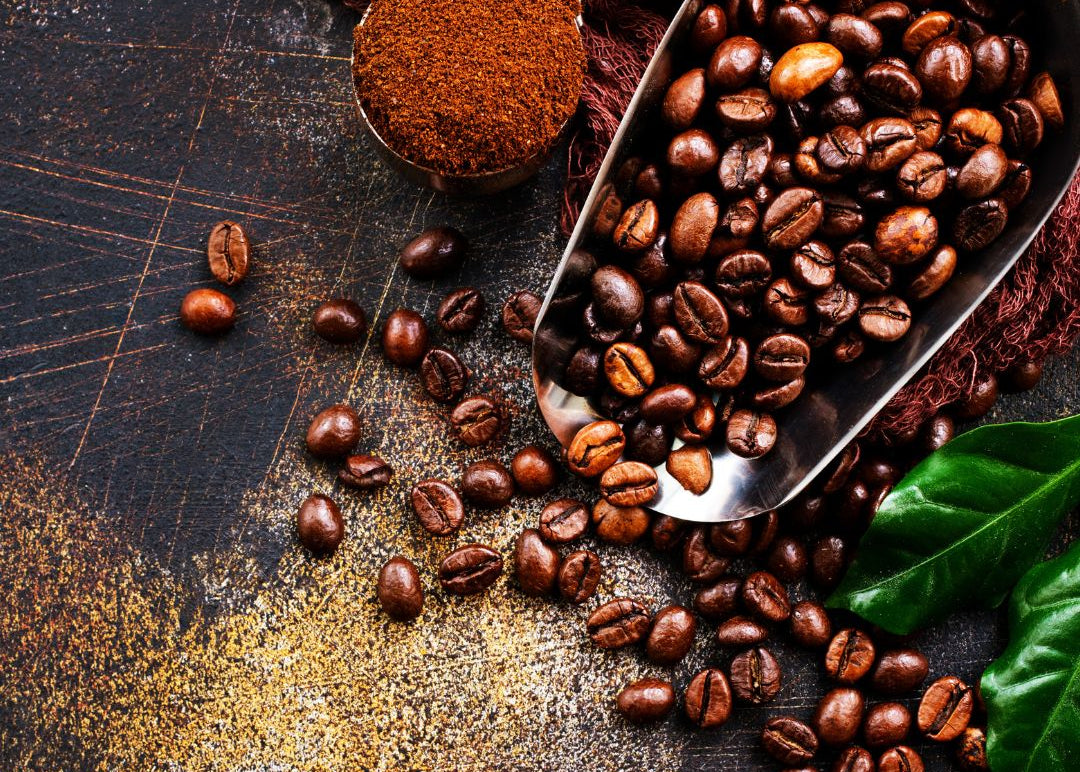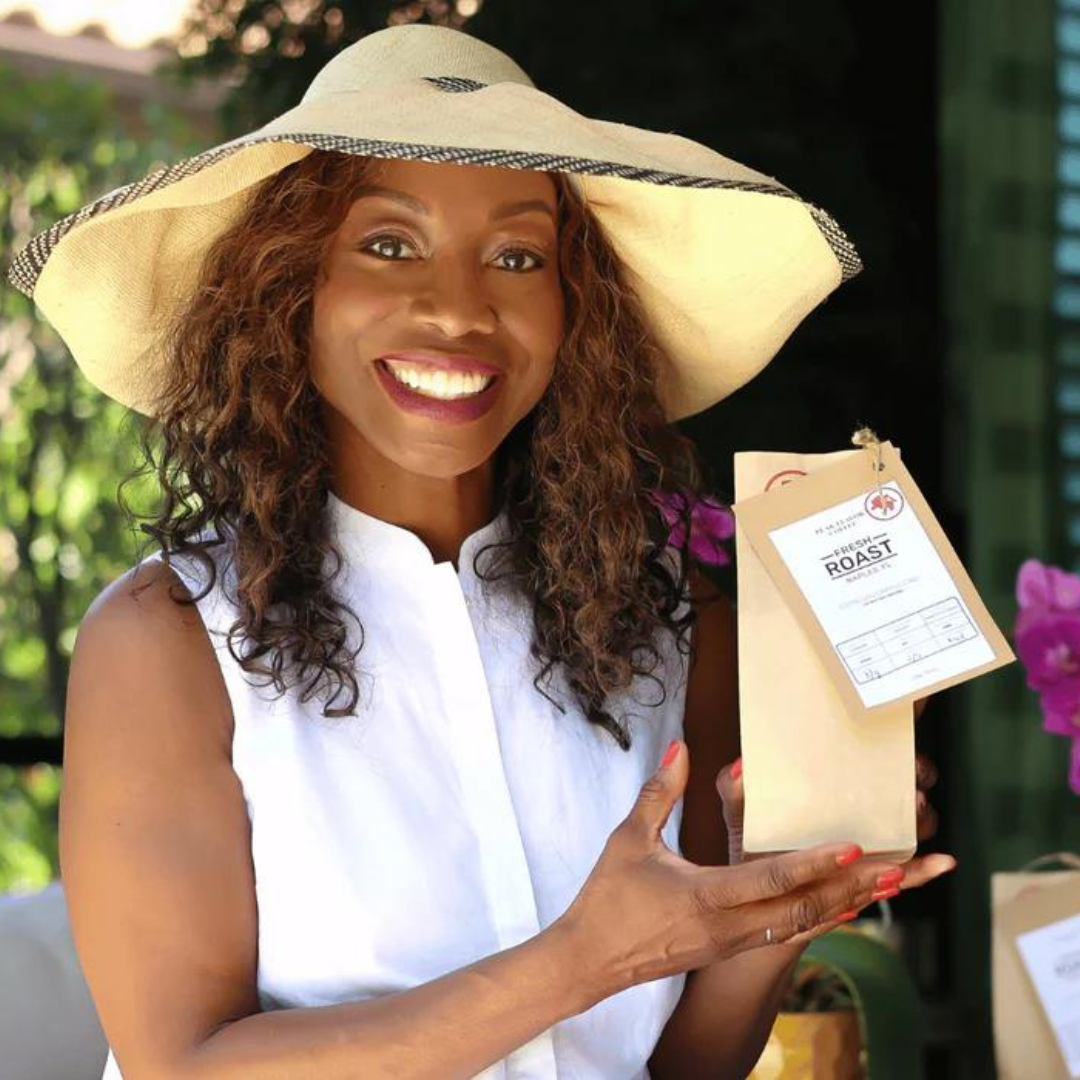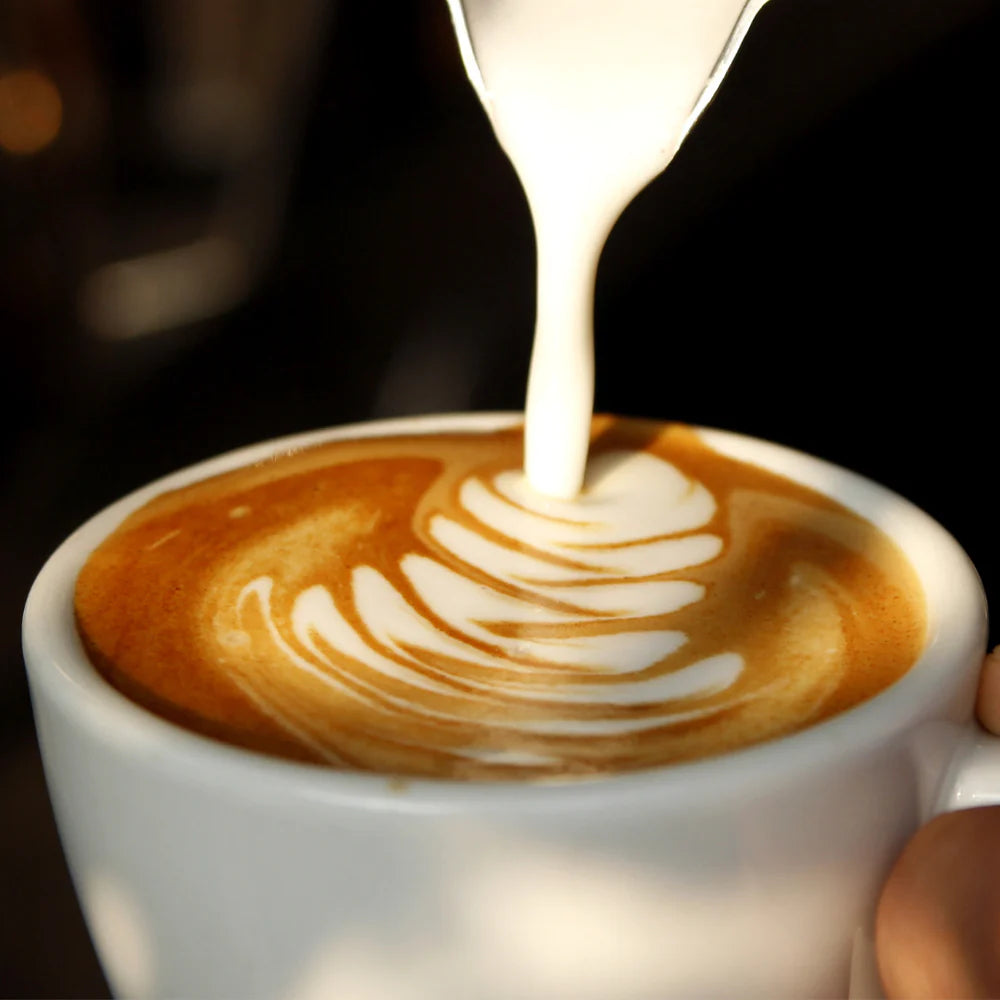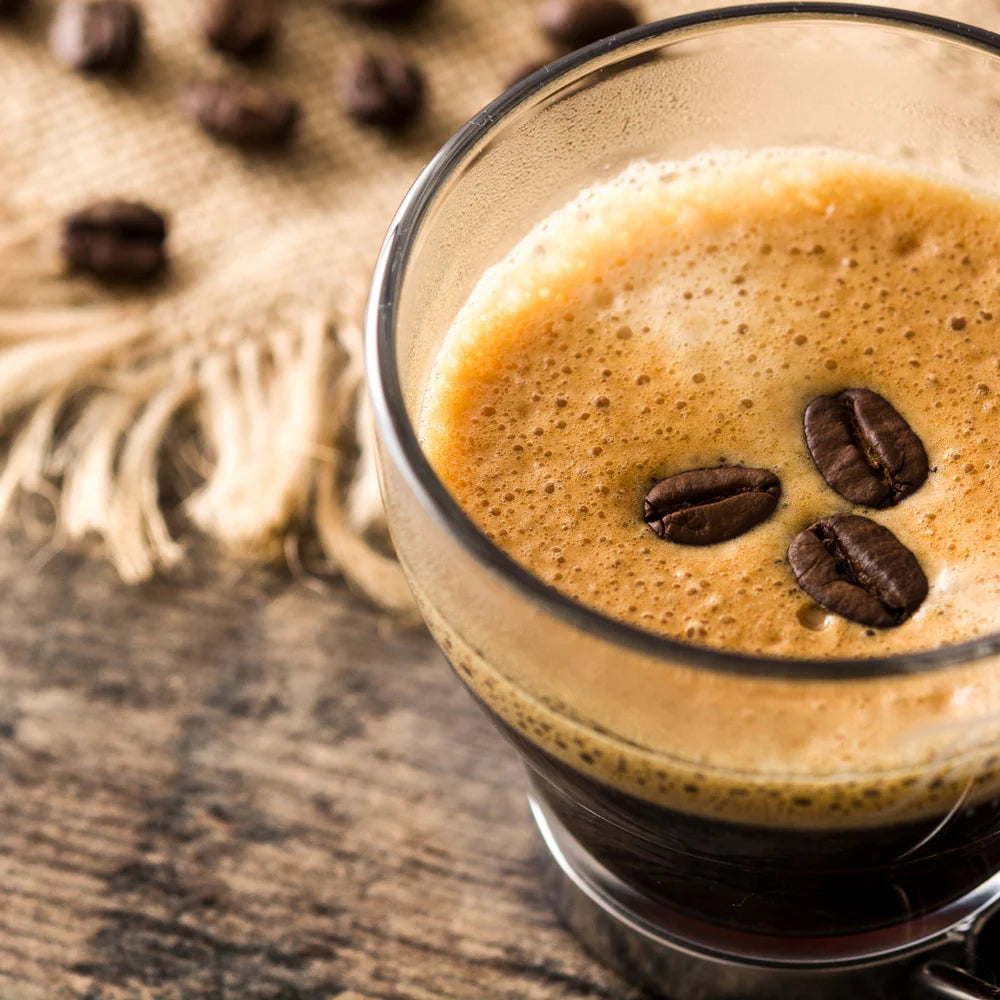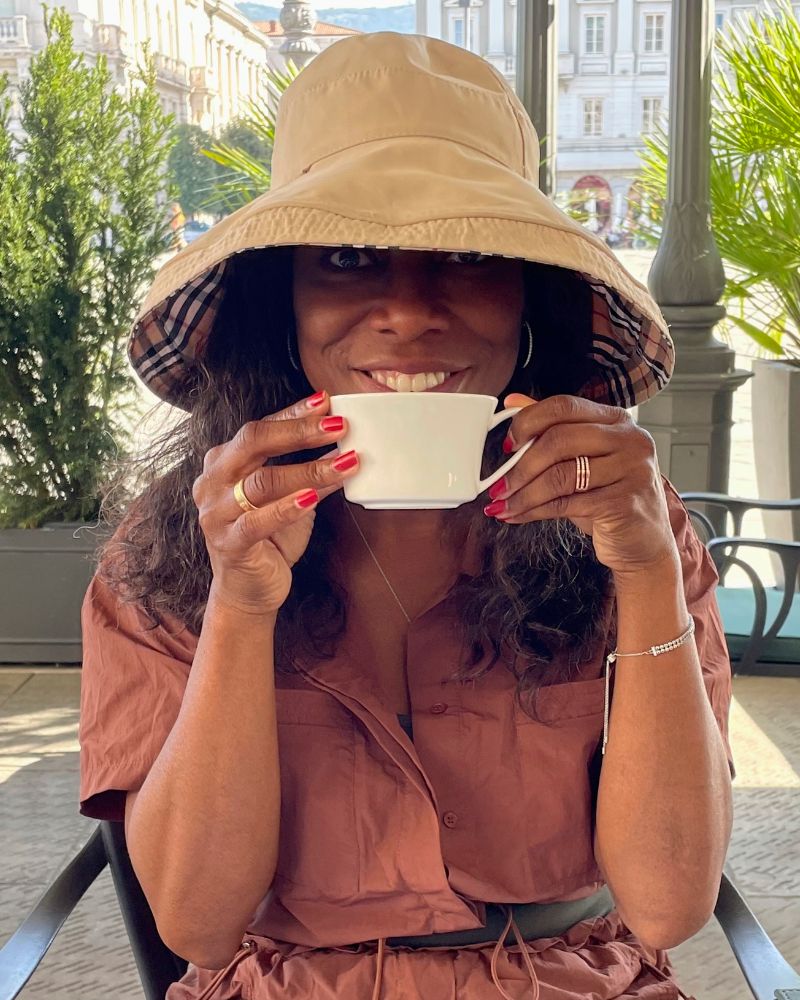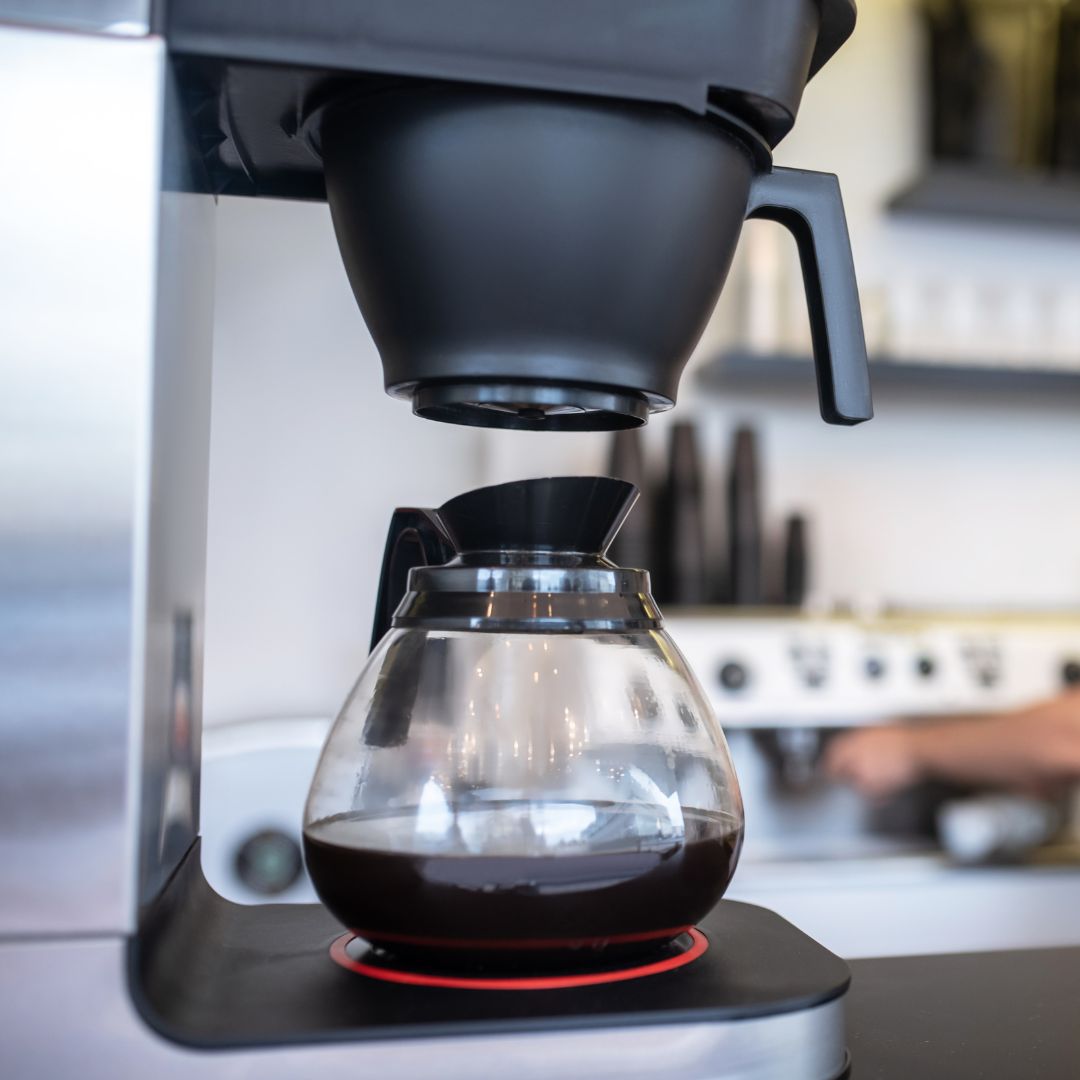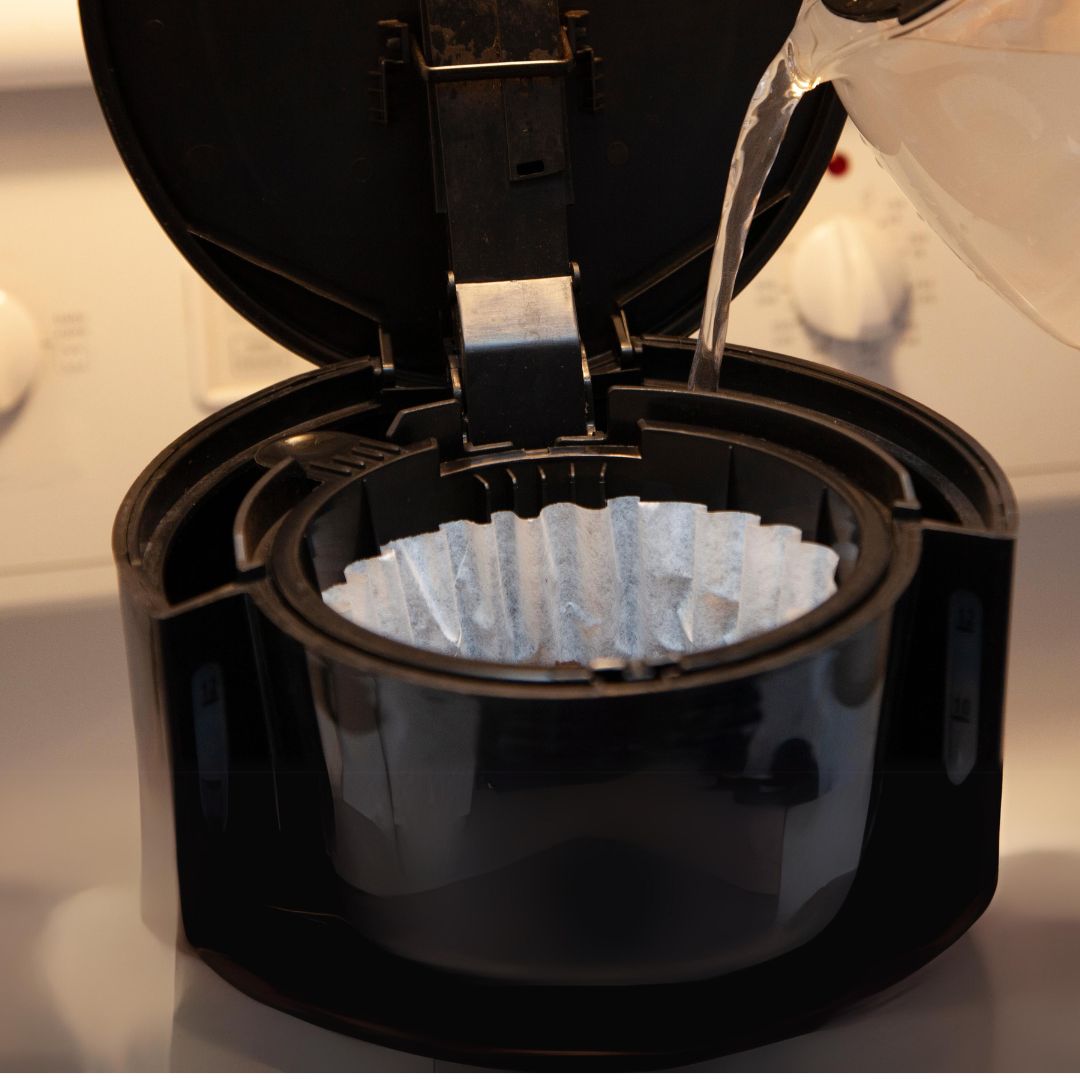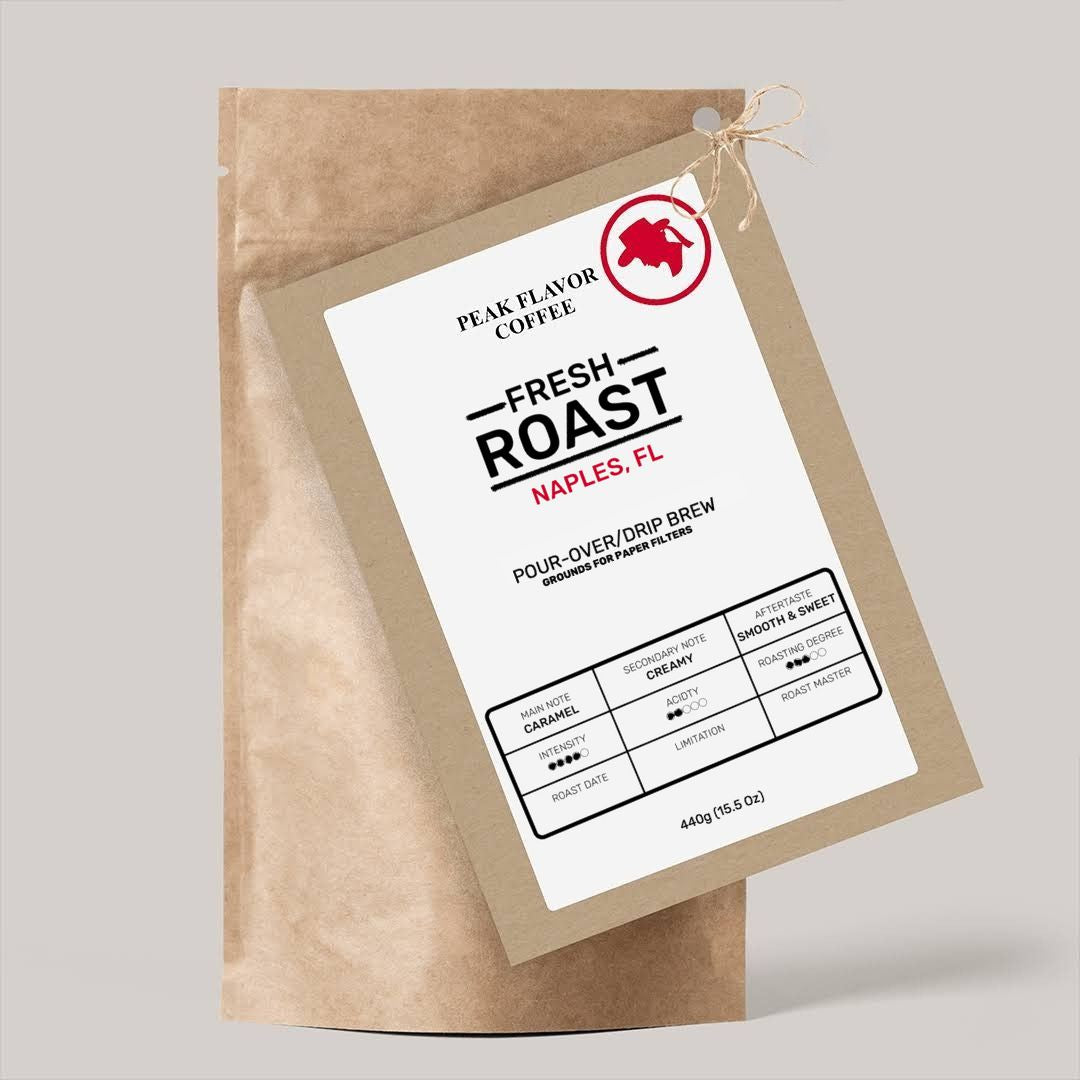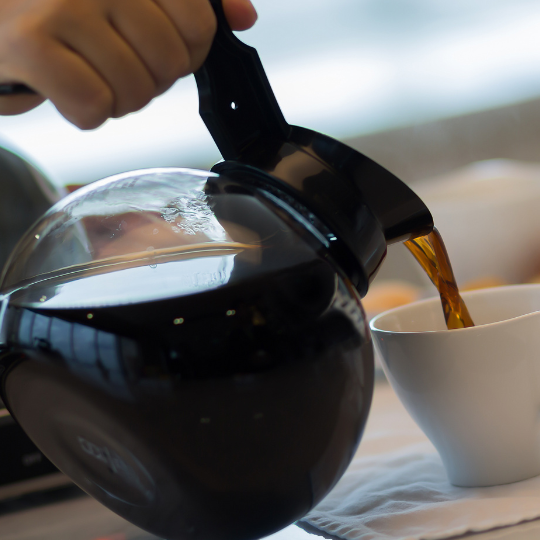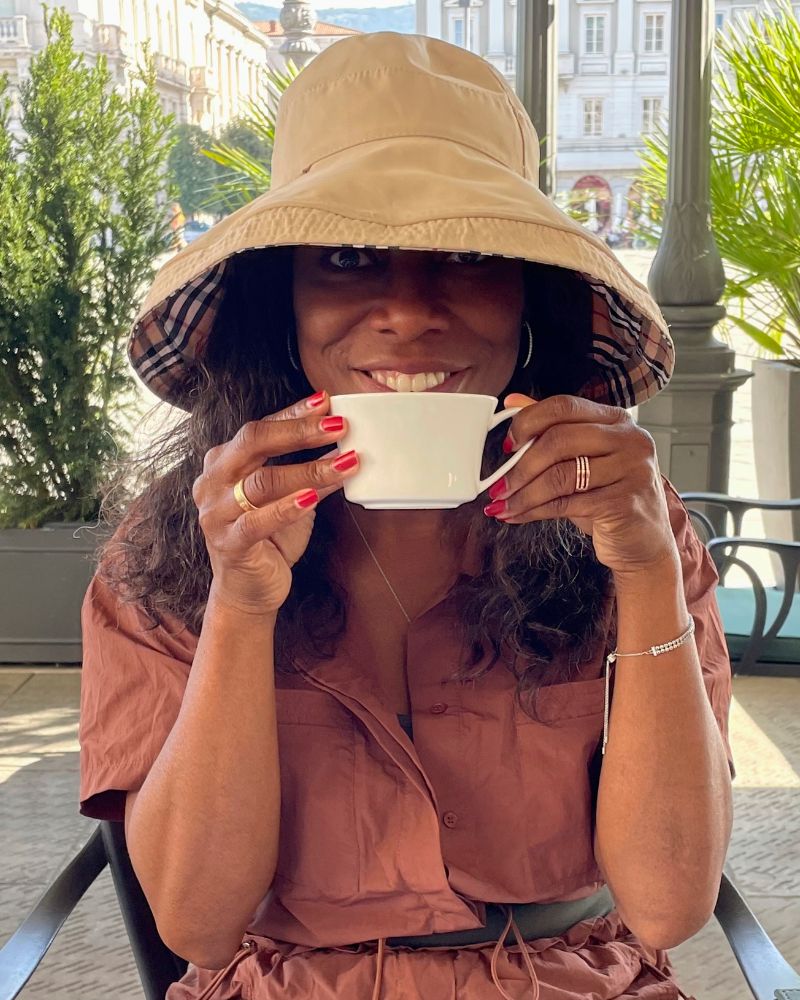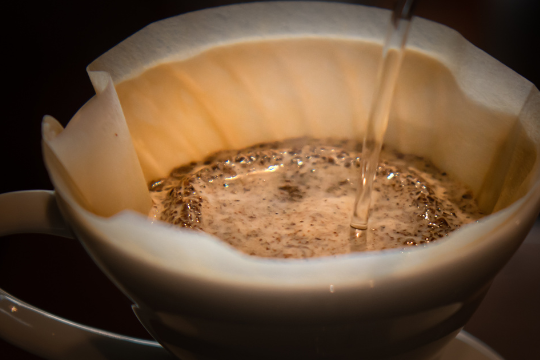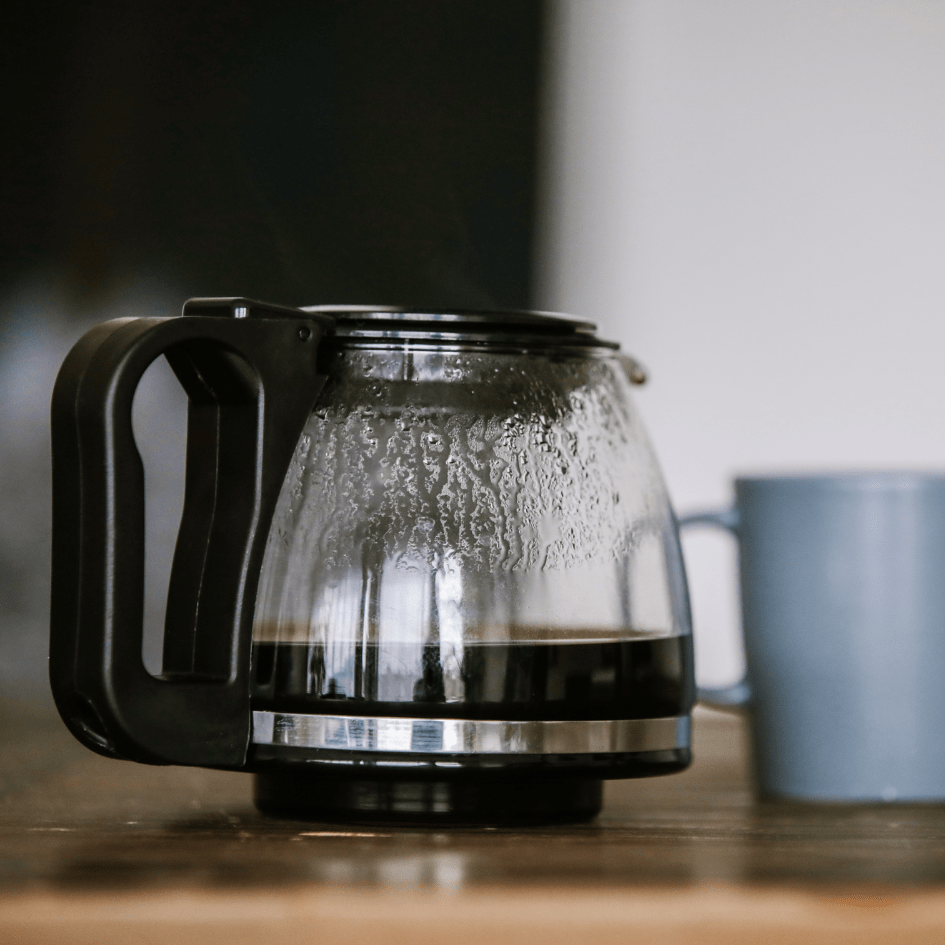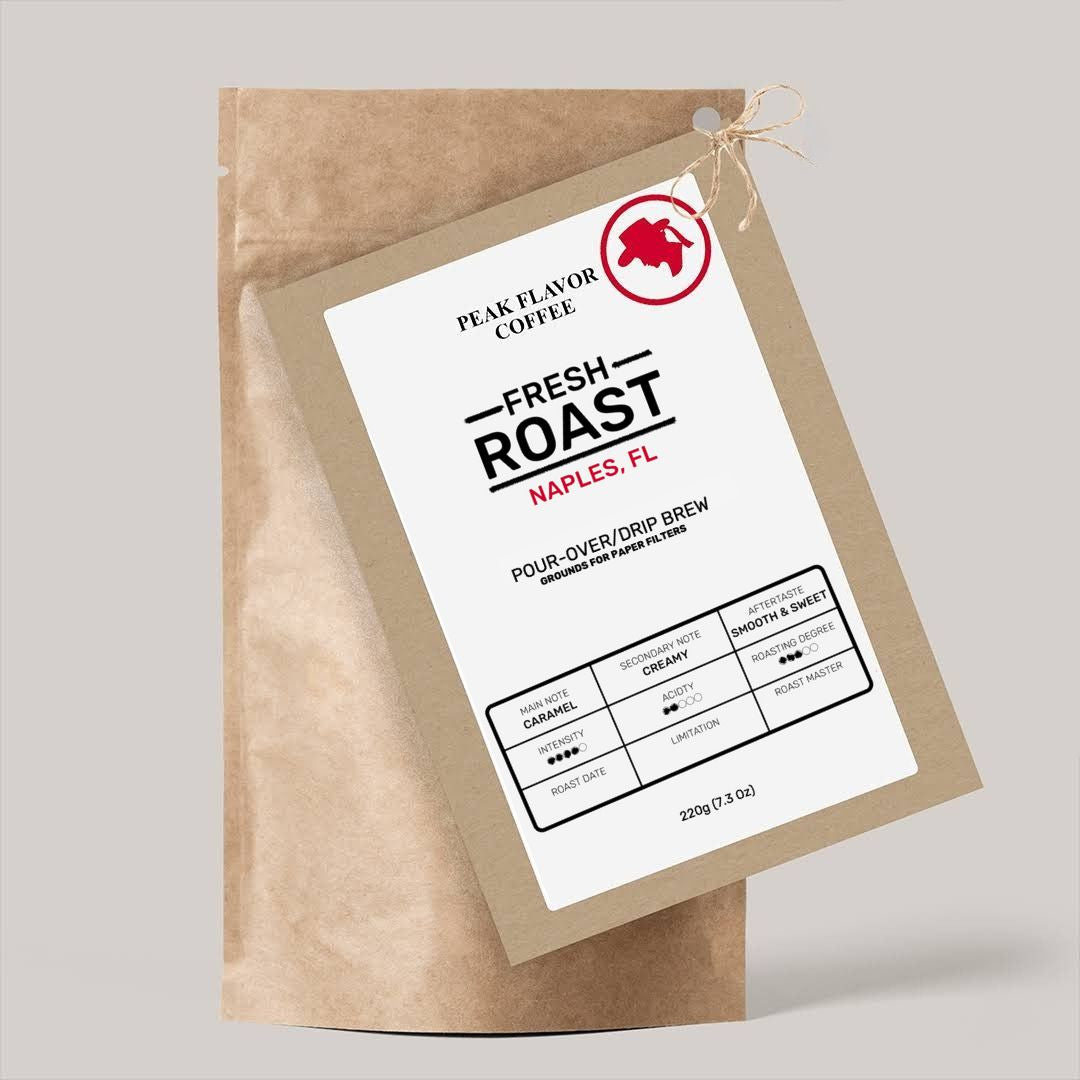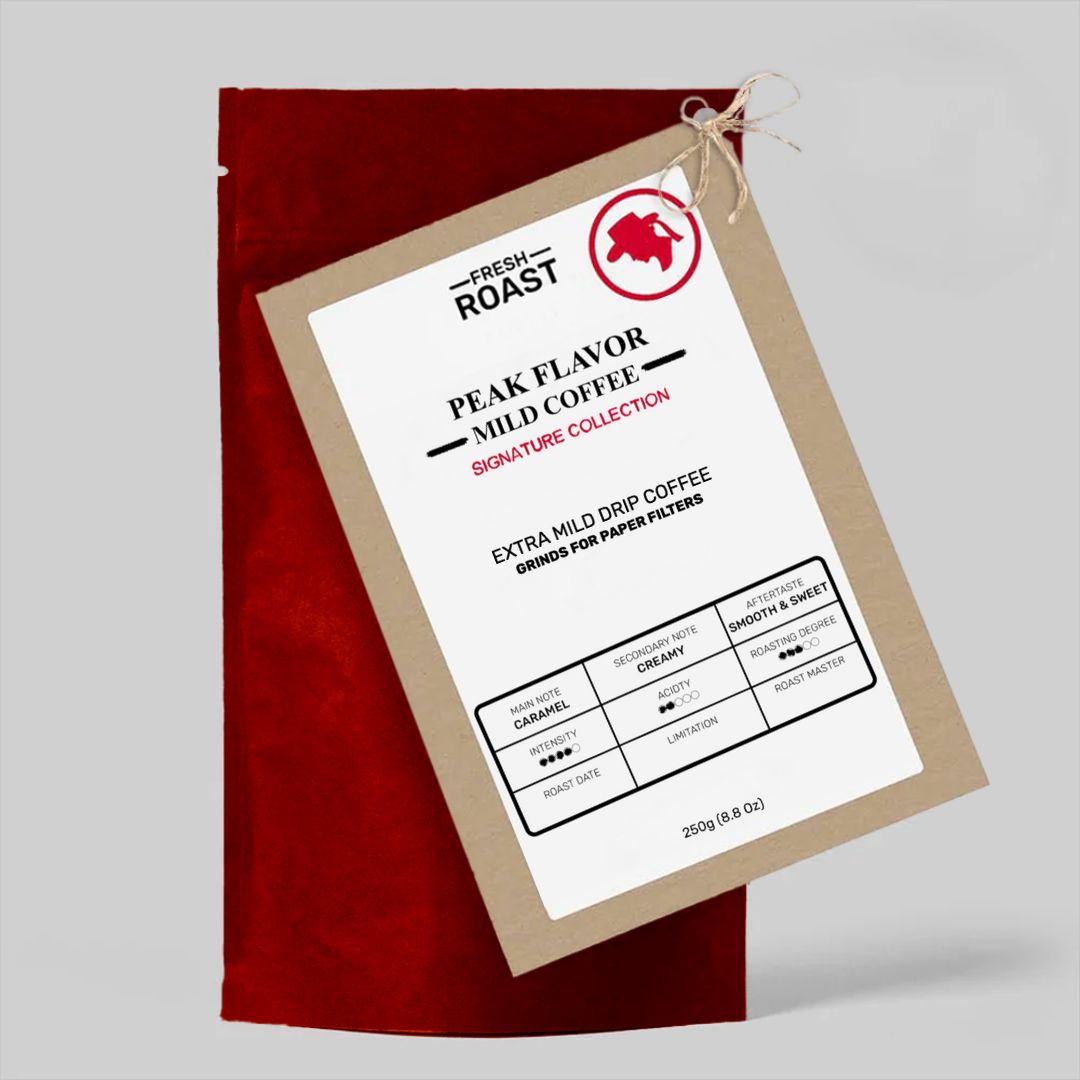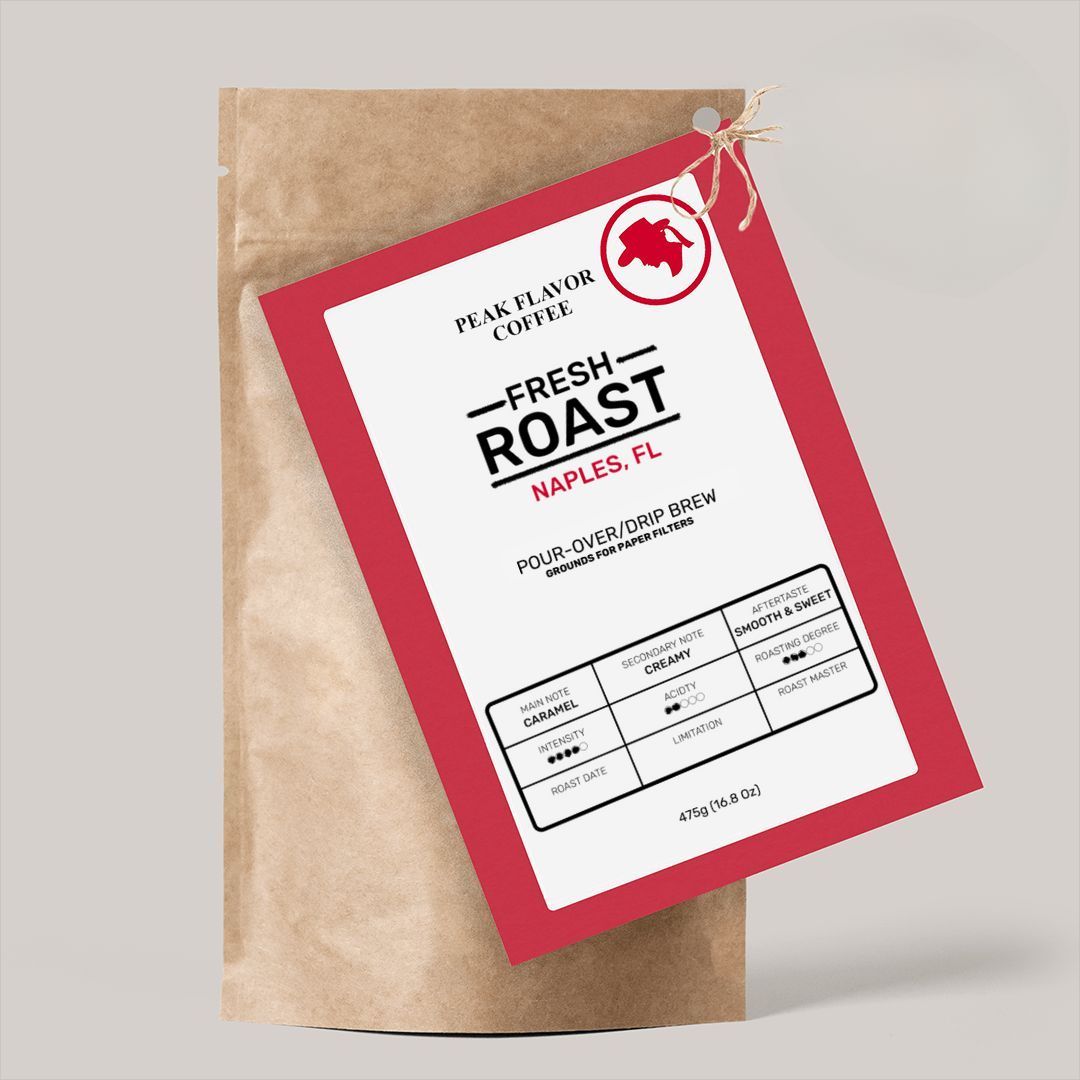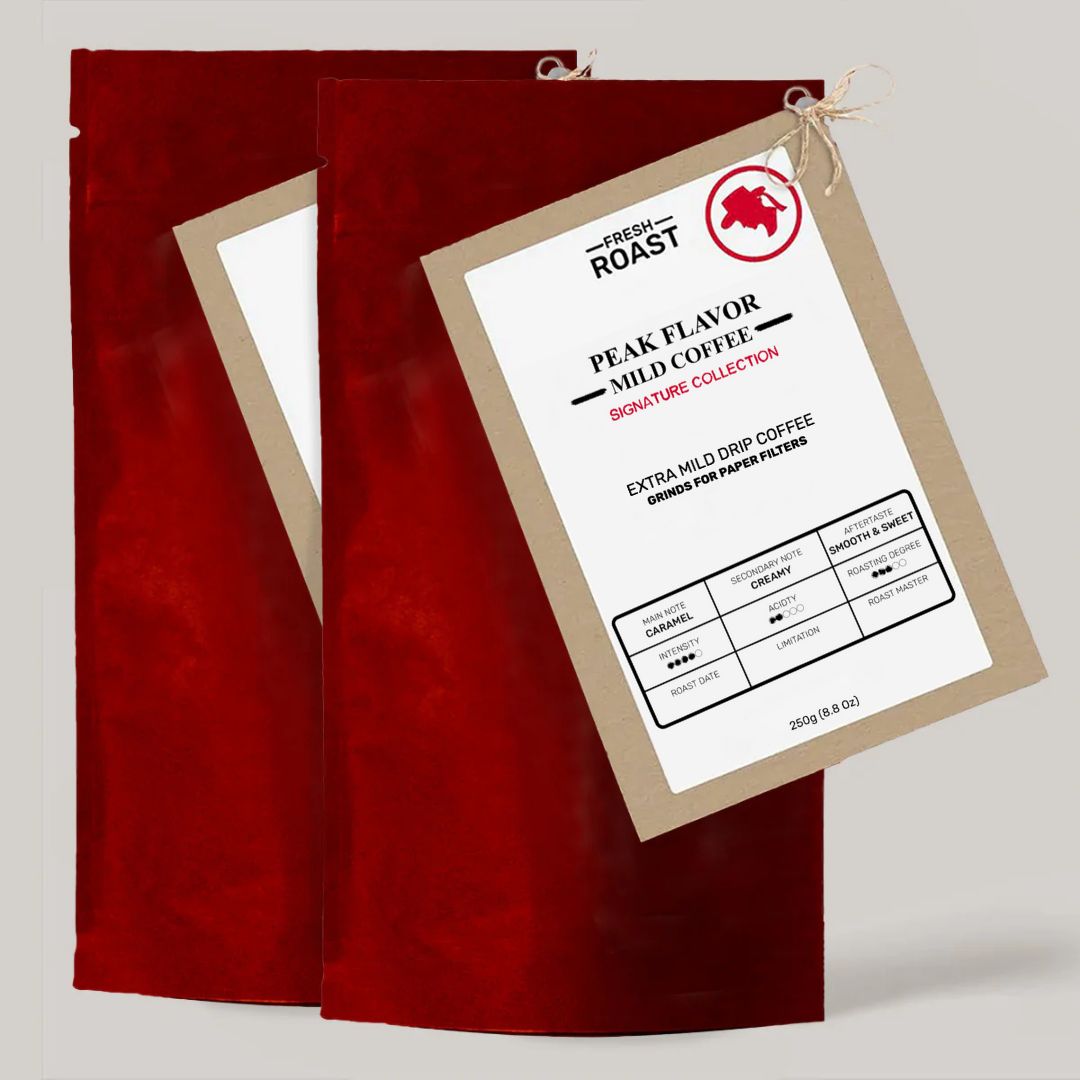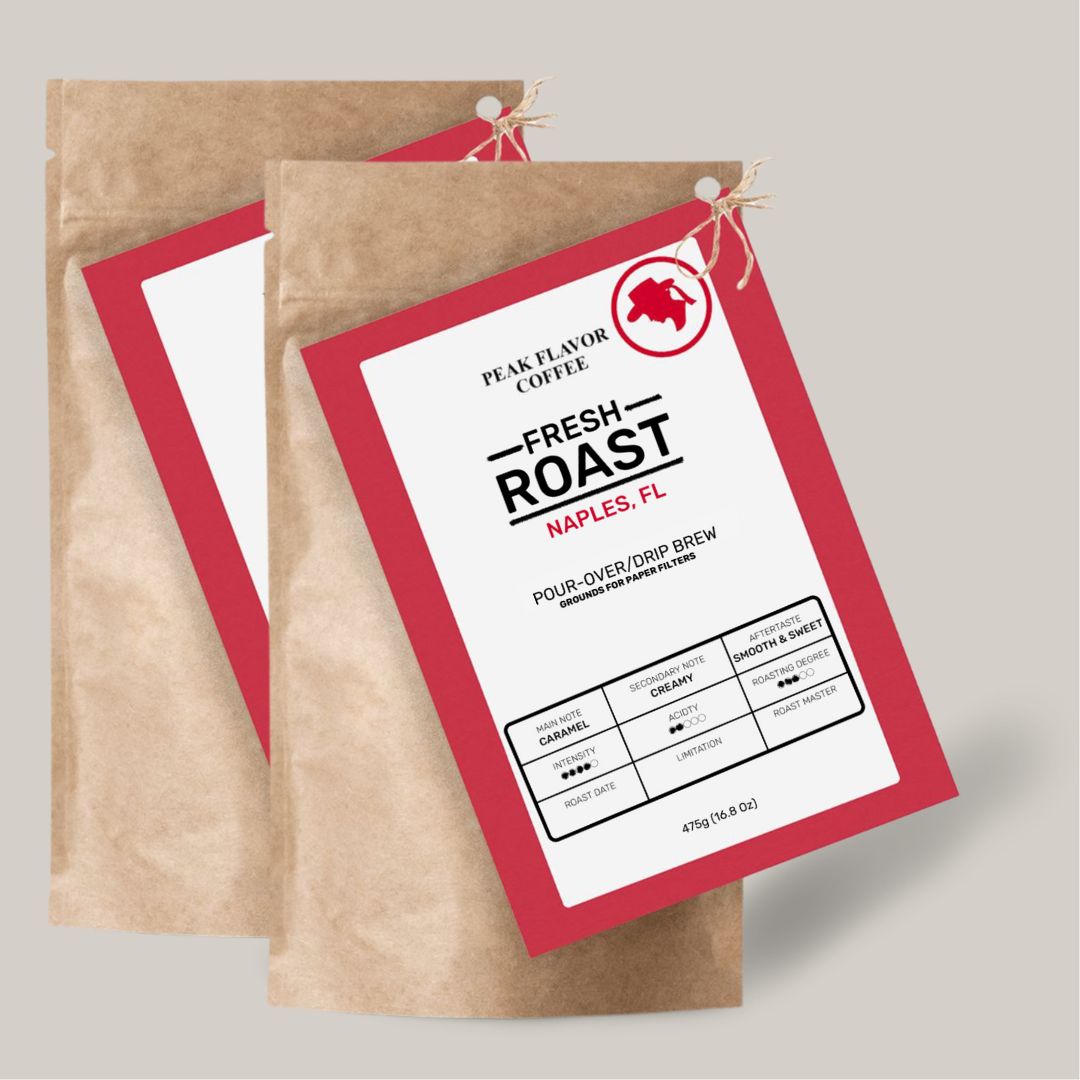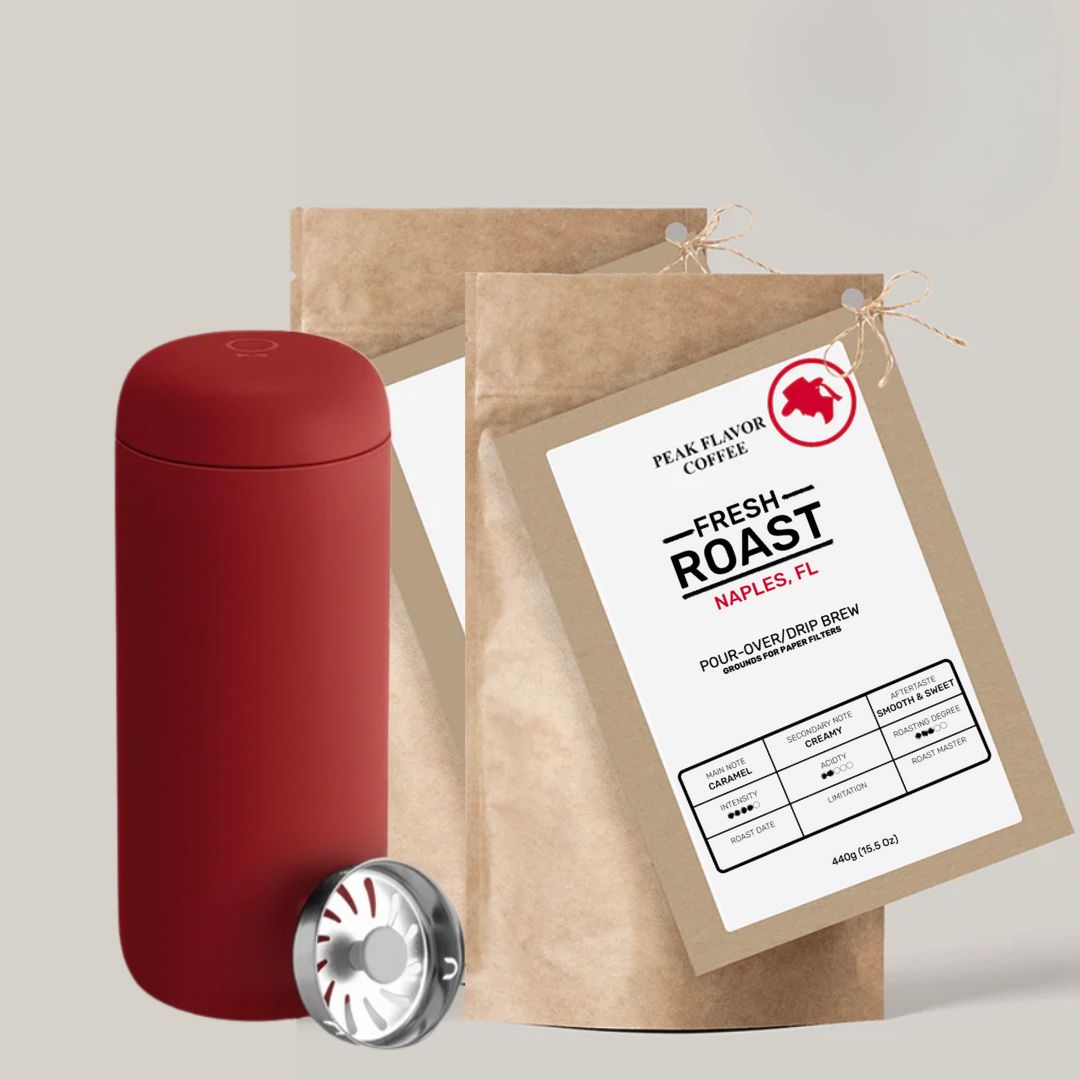Naturally Sweet Drip Coffee Brews
Discover the caramel magic hiding in your Cuisinart
Hi, I’m Melicent, founder of Peak Flavor Coffee. And for years, I brewed terrible coffee at home.
I had a perfectly decent Cuisinart drip coffee maker on my kitchen counter, but every morning I’d drink what can best be described as hot, brown regret. Bitter, flat, borderline sour—so bad I’d doctor it with enough milk and sugar to turn it into dessert. Then I’d head to the local coffee shop and overpay for a smug barista to serve me something slightly better (with a side of judgment for owning a filter coffee machine). Sound familiar?
Turns out, the machine wasn’t the problem. The coffee was.
Specifically: stale, generic, mass-produced ground coffee from the grocery store. What I needed wasn’t a better machine or a better barista—it was better beans. Freshly roasted.
Properly blended. Correctly ground. That’s when I started Peak Flavor Coffee. And today, I want to show you how to brew naturally sweet, caramel-forward drip coffee with the machine you already own.
What is Drip Coffee, Really?
Drip coffee, or filter coffee, is what your Cuisinart does best: hot water trickles through ground coffee held in a paper coffee filter, extracting the soluble compounds that give coffee its flavor. Done right, it can produce a clean, smooth, sweet brew. But most people never taste what drip coffee should be—because the key to great flavor isn’t just in the brew method. It’s in the bean.
Let’s fix that.
1. The Right Beans Make All the Difference
Your average grocery store ground coffee is roasted months before you buy it—typically 120 days past roast, ground for universal use, and packed for shelf life, not taste. This one-size-fits-none grind leads to bitter, old-tasting coffee that needs milk and sugar to cover it up.
Instead, switch to fresh-roasted 100% Arabica beans. Why Arabica? Science.
Arabica beans (especially Brazilian Santos or Colombian Huila) naturally contain nearly twice the sugar content and far fewer bitter compounds than their Robusta counterparts (Clifford & Wilson, 1985). That extra sugar caramelizes during roasting, delivering natural sweetness without a spoonful of sugar.
Want a morning kick? Blend in 20–30% high-grown Vietnamese or Brazilian low-acid Robusta. It adds caffeine without overwhelming the cup with bitterness or acid. At Peak Flavor, we’ve dialed in blends specifically for filter coffee, balancing sweetness, smoothness, and energy.
Pro tip: Avoid fruity, acidic single-origins. They might be trendy, but they fight against the mellow caramel tones your Cuisinart was made for.
2. Medium Roast = Maximum Caramel
Roast matters—a lot. Medium roast hits the sweet spot (literally). At 210–220°C, natural sugars break down into buttery furans (Mottram, 2007). These are the compounds behind those toasted marshmallow, nutty, chocolatey flavors that make you say “wow” after a sip.
Dark roasts? They scorch those sugars into smoke and bitterness. Light roasts? They don’t caramelize enough. For drip machines, medium roast is gold.
Also crucial: freshness. Coffee hits peak flavor 8–14 days after roasting. After 21 days? It’s stale. According to Illy & Viani (2005), beans lose up to 60% of their flavor after that. That dull, papery taste you’ve been masking with cream? That’s oxidation.
Solution? Buy smaller batches more often. Check the roast date—not just the expiration date. And store beans in an airtight container away from heat and light. Better yet, buy fresh-roasted beans directly from us at Peak Flavor Coffee.
3. Grind Right or Don’t Bother
If you’re serious about great drip coffee, get a burr grinder because just using finely ground coffee is not enough. Blade grinders are a disaster: they chop unevenly, creating a mess of fine dust and big chunks. That means over-extraction (bitter) and under-extraction (sour) in the same cup.
What you want is a medium-coarse grind—think sea salt. According to the SCA Brewing Control Chart, the ideal particle size is 750 microns. This lets water flow evenly through your Cuisinart’s paper filter, extracting all the sweet stuff without the bitterness.
Grind consistency matters too. Aim for >80% of particles in the right size range. That’s why burr grinders rule. If you’re extra nerdy (like me), use a Kruve sieve to sort out the fines and boulders. If you are less nerdy than me, get the right grinds for drip coffee here.
Bonus: this grind size won’t clog your coffee filters. Your Cuisinart will thank you.
4. Nail the Drip Coffee Ratio
Most people wing it. Don’t. Use a kitchen scale and stick to a 1:16 coffee-to-water ratio. That’s about 75g of ground coffee for 1.2L of water (the full pot). Want a stronger brew? Try 1:15 for more caramel punch.
If you want to hit the coffee sweet spot in the most practical manner (without worrying about a complicated brew ratio: use 5 tablespoons of our drip coffee grinds for 16 oz of coffee. Easy-peasy!
Water matters too. Use filtered water with around 75 ppm of hardness—especially magnesium. It enhances sweetness and reduces bitterness (Hendon et al., 2014). Tap water that's too hard or too soft can throw everything off.
Preheat your machine by running a water-only cycle first. And rinse your paper filter to get rid of that cardboard taste.
The Cuisinart DCC-3200, in particular, is a secret weapon for sweetness. Its thermal carafe preserves flavor without overcooking it. The “Strong” setting increases brew time slightly, allowing more caramel flavors to develop.
So, What Is Percolated Coffee—And Why Skip It?
Percolated coffee might sound nostalgic, but it boils your brew—literally. That leads to over-extraction and bitterness. Stick with drip coffee. It's cleaner, sweeter, and far more forgiving—especially with the right beans.
Time to Upgrade Your Mornings
You don’t need a $3,000 espresso machine or a latte artist in a beanie to enjoy great coffee. You just need the right ingredients. Your Cuisinart is more capable than you think. With fresh, medium-roasted, perfectly ground beans—and a little attention to detail—you can brew caramel-sweet coffee that makes sugar unnecessary. Follow the perfect drip Coffee guide and start enjoying great morning coffee moments.

I built Peak Flavor Coffee to help people like us finally enjoy what we brew at home. No more settling. No more masking bad coffee with dairy and syrup. Just clean, flavorful, naturally sweet coffee—made for your filter machine. Check out our best drip coffee blends right here. Your mornings (and taste buds) deserve it.
Melicent

